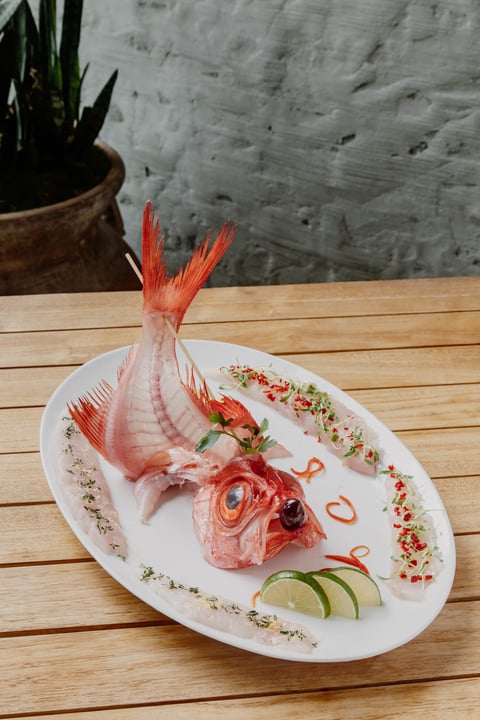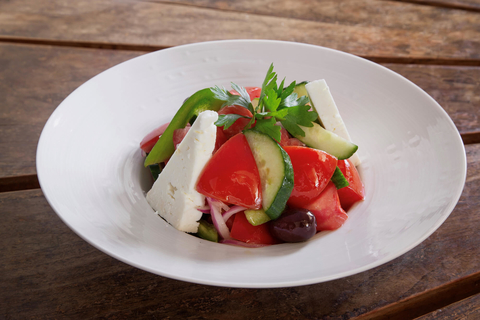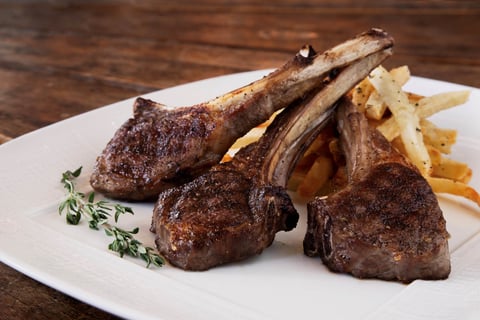With all the profitable hype surrounding the entire whiskey, mezcal and tequila, craft beer, and dark rum (recently), it’s not surprising that wine isn’t top of mind for all operators.
There appears to be an unfortunate perception hanging around wine that keeps many owners and managers from embracing it fully. I say unfortunate because wine can be a moneymaker when approached thoughtfully.
While big, bold California Cabernet Sauvignons and buttery Chardonnays remain the king and queen of American wine consumption, today’s consumer is thirst for the unexpected. That may mean the wine is obscure, it may mean it’s a grape lesser known to the average consumer. An interest in what’s “new” is a defining characteristic of many Millennial bar and restaurant guests.
Keeping the standards on the menu is smart, obviously—staples like American Cab Sauv, Chardonnay and Pinot Noir make money. But adding lesser-known varietals from somewhat or entirely unexpected wine regions can tempt guests into stepping outside of their comfort zones and opening up their wallets. Even better if “specialty wines” pair well with a concept’s food program.
An excellent case study is Estiatorio Milos, one of the finest Greek restaurant operations in North America. Describing their concept as delivering a “Mediterranean gastronomy experience,” Estiatorio Milos operates two units in New York and one each in Miami, Montreal and Las Vegas. Outside of North America, there are locations in Athens and London.
The Las Vegas location recently featured new Greek wine offerings. Lead sommelier Ronald Buyukliev walked guests through a food and wine pairing. Right about here is where many operators and managers would walk away from the wine conversation. That would be a mistake.
Check this out: 6 Urban Wineries that Bring Wine Country to the City
Yes, Estiatorio Milos is a high-end concept. And yes, they employ sommeliers. That doesn’t mean their wine program is pretentious or an unrealistic comparison. While Buyukliev and presumably the rest of Milos’ sommeliers provide traditional wine service, the experience is engaging and approachable. From an operational standpoint, the strategy implemented by Estiatorio Milos can be replicated by all manner of concepts.
Succeeding with wine doesn’t require snobbery or pomp, it requires thoughtful purchasing and programming. Front-of-house team members should be provided compelling details about the wines an operator or manager adds to a menu. The kitchen staff should be included in the process to make sense of pairing wine with a concept’s food. That’s not much different than selling craft beer or spirits.
The craft spirit, craft beer, and craft cocktail movements were each driven in part by guests thirsty for information. Much has been made of—and reported on—the consumer desire for transparency. They want to know as much as possible about a large range of beverage alcohol products. And they expect bartenders and servers to be capable of engaging with them to share information.
Interestingly, this has been an element of the wine world for decades. But for some reason it’s considered pretentious to discuss the nuances of a wine yet totally acceptable to converse about the minutiae of a whiskey. Perhaps this is the fault of fanatical sommeliers, obsessive wine bar operators, and irritatingly snobby guests.
Check this out: Can It: Canned Cocktails and Wine Seeing Big Growth
When Estiatorio Milos’ Buyukliev explained each wine, he did so without making anyone feel uninformed or uncomfortable. He delivered a fine wine and dining experience free of pretention. Buyukliev was focused on ensuring each guest enjoyed the wines being poured. He provided enough information to explain why each wine was special, why each had been selected, and why they had been paired with particular food items. Details shared were meant to enhance the guest experience and build on the excitement of trying the wines.

For instance, an example of smart pairing was a non-vintage Greek sparkling wine. Tselepos Amalia Brut Rosé was served alongside whole fish sashimi that’s brought in to Estiatorio Milos each day from Greece. This sparkler is 100-percent Agiorgitiko, a versatile grape native to Greece that is currently the most widely planted red grape in the country. It’s used to produce everything from light and refreshing still rosés, full-bodied and lush reds, and elegant sparkling wines. Rosé of both the still and sparkling variety have only been increasing in demand; offer a guest rosé they’ve never tried and they’ll more than likely leap at the opportunity. This pairing was of even greater interest because it highlighted a special menu item.

The same can be said of the 2016 Ktima Gerovassiliou Viognier that was poured and paired with a Greek salad (vine-ripened tomatoes, extra virgin olive oil and barrel-aged feta produced solely for Estiatorio Milos). This bottle has an intriguing claim to fame: it’s the highest-rated Greek wine ever. Not only has Viognier enjoyed a boost in consumer interest the past couple of years, this specific bottle is the pinnacle of Greek wine production. Such a detail would compel most guests to give it a try. This wine is captivating on its own but is even more interesting when it helps showcase a food item’s own impressive story.

The comparison tactic was leveraged by Buyukliev again for the final wine that was poured. A 2013 Ktima Driopi Reserve—an Agiorgitiko—was paired with salt-crusted Mediterranean sea bass and Colorado Prime lamb chops. The lead sommelier compared this noble Greek wine to what’s considered by some the king of Italian wines: Brunello. That maneuver gave the Greek varietal a bit more presence and higher status, thereby making it an exciting choice. But another comparison strategy was at play. Because the Ktima Driopi was produced using the same varietal as the Tselepos Amalia—Agiorgitiko—guests could compare a full-bodied still version to a fine sparkler. They can not only compare the bodies, noses and flavors, they can see how the brut rosé plays with seafood while the full-bodied still stands up to fish and red meat.
Check this out: [VIDEO] Best Loyalty Programs for Bars & Restaurants
Wine doesn’t need to be intimidating to operators, managers, bartenders or servers. Neither does it need to be daunting or pretentious to guests. Succeeding with wine simply requires a thoughtful, tactical approach that isn’t as complicated as it seems.
Wine reps are eager to work with operators, managers, and front- and back-of-house team members. They want to train and taste staff on their portfolios; help operators and managers choose what will tempt guests and work with specific concepts; and review food menus to pair wines. A rotating selection of exciting, exotic-seeming wines can be a highly valuable revenue stream.
